In a compelling video produced by the U.PASS Foundation, the critical importance of agricultural drones in modern farming is brought to the forefront. This presentation, accompanied by a detailed transcript below, highlights the numerous benefits of Drone Technology in agriculture and addresses the potential consequences of banning Chinese-made agricultural drones in the United States.
As leaders in unmanned agricultural pilot training and advocacy, U.PASS provides valuable insights into the role of these advanced tools in enhancing crop yields, reducing environmental impact, and supporting the livelihoods of American farmers.
We urge our readers to watch this informative video, consider its message, and make their voices heard through the Drone Advocacy Alliance. The future of American agriculture may well depend on our ability to embrace and regulate this technology responsibly, rather than eliminate it entirely.
The Future of American Agriculture: The Critical Role of Agricultural Drones
Imagine a future where American farmers, struggling to meet growing food demands, suddenly lose access to one of their most powerful tools: agricultural drones. These drones, many of which are made in China, have revolutionized farming by enabling precision pesticide application, reducing environmental impact, and boosting crop yields. Banning them would not only reverse these technological advances but also put our farmers at a severe disadvantage in the global market.
Introduction to UPAss and Agricultural Drone Technology
Thank you for taking a minute to let us tell you about Chinese spray drones and their impact on American agriculture and farming. Here at UPAss, we created an agricultural pilots organization focusing on the safety and standards of spray drone applications throughout the US. We believe that once the importance of this technology and its safety is understood, banning it will be the last thing anyone would consider.
To set the magnitude of farming in the United States: currently, there are nearly 347 million acres under seed, and around 28% are serviced by aerial application. Regardless of whether crop dusters, helicopters, or drones are used, airspace applications are controlled by the FAA and limited by chemicals that are EPA-approved for aerial application.
Benefits of Agricultural Spray Drones
Agricultural spray drones bring a multitude of benefits to farms when incorporated:
- Air Quality: Agricultural drones use batteries, reducing farming’s carbon footprint. They eliminate airplane and diesel fuel use in and around crops, contributing to more environmentally friendly farming practices.
- Precision Application: Drones allow for targeted chemical spraying. Flying at 15 ft above the canopy, they have less drift for precise application of pesticides. Drones are not an all-or-nothing application; they allow for targeting specific areas that need treatment, reducing the overall amount of chemicals used.
- Environmental Impact: Precision application minimizes environmental impact and reduces the risk of over-application, which can harm crops and cause pest resistance. By optimizing pesticide use, drones support integrated pest management strategies that are better for long-term soil health and biodiversity.
- Water Conservation: Because of the micron diversity of agriculture drones and targeting only affected areas, drones help reduce the amount of pesticide runoff into nearby water sources, promoting more sustainable farming practices.
- Cost Efficiency: Precision application means farmers use fewer chemicals, reducing the overall cost of pesticides. This efficiency translates into direct savings for farmers.
- Labor Savings: Drones can cover large areas quickly, reducing the need for manual labor and the associated costs. This is particularly beneficial for large-scale operations where labor costs can be substantial.
- Time Efficiency: Agricultural drones can perform tasks much faster than traditional methods. For example, spraying large fields can be done in a fraction of the time it would take with ground-based equipment, allowing farmers to respond quickly to pest outbreaks.
- Flexibility: Drones also do not depend on ground conditions, where traditional booms can tear up a wet field. Agriculture drones can apply timely treatments to minimize possible crop damage.
- Extended Operating Hours: Drones can operate in low-light conditions, enabling farmers to spray crops outside of regular working hours, which is especially useful during peak seasons and when working around bees.
- Real-time Monitoring: Drones equipped with sensors can monitor crop health in real-time, allowing for early detection of pest issues and timely pesticide application. This proactive approach helps maintain crop health and can prevent minor issues from becoming major problems.
Safety and Health Benefits
- Operator Safety: Drones allow for remote operation, keeping the pilot at a safe distance from harmful chemicals. This significantly reduces the risk of chemical exposure, which can lead to acute or chronic health issues.
- Reduced Exposure: Compared to operators who are hand-spraying chemicals and increasing the risk of inhalation, skin contact, or ingestion, drone operators face lower health hazards.
- Minimized Drift: While crop-dusting pilots are usually in enclosed cockpits, they still risk exposure to chemicals and may expose everyone between the Airport and the field when flying chemicals. Drones minimize this risk.
Economic and Educational Impact
- Job Creation: Agricultural drones are creating jobs for the next generation of farmers. UPAss is in partnership with the food curriculum, which is currently available in over 2,200 schools around the country.
- Data-Driven Farming: Agricultural drones are equipped with advanced imaging and data collection tools. This data can be used to analyze crop health, predict yields, and plan future planting and spraying schedules, leading to more informed decision-making.
- Accessibility: Agriculture drones are not only beneficial for large farms but also accessible for small and medium-sized operations. They offer a cost-effective alternative to expensive ground-based machinery, making advanced farming techniques accessible to more farmers.
- Empowering Future Farmers: Our goal is to help the next generation of farmers stay on the farm by leveraging technology for both their farms and other nearby farms.
Addressing Security Concerns
The main concern that congressmen and senators cite for banning Chinese agricultural drones is national security. Let’s address these concerns with reports and facts:
- NASA Report (August 2018): NASA found that the Department of Interior version of the DJI software did not communicate with servers in China and appeared to prevent the disclosure of sUAS data to potentially hostile foreign entities.
- Idaho National Laboratory Report (2019): On contract from the US Department of Homeland Security, they found no data leakage in DJI Government Edition drones.
- Department of Defense Analysis (May 2021): The DoD report stated that the DJI government edition versions tested showed no malicious code or intent and recommended use by government entities.
- Hacking Concerns: The nature of agricultural drone operation (hot loading of pre-mixed chemicals, short flight times) makes the risk of harmful hacking minimal and easily detectable.
Impact of Banning Chinese Agricultural Drones
Banning Chinese agricultural drones would have severe consequences:
- Reduced efficiency in pesticide application
- Increased crop loss due to inability to treat pests and diseases timely
- Delays in essential farming operations
- Reduced crop yields
- Increased need for manual labor
- Higher input costs
- Potential supply shortages and higher food prices
- Lost revenue for farmers
- Broader economic consequences affecting downstream industries
Recommendations
Congress should carefully consider the broader implications before moving to ban Chinese agricultural drones. Instead, we propose:
- Working closely with the FAA to test new drones for airworthiness
- Collaborating with the Department of Homeland Security and Department of Agriculture to establish criteria for protecting sensitive agricultural data
- Establishing a clearinghouse where Drone Companies can submit their products for testing and validation against established standards
This balanced approach would protect national interests without sacrificing the agricultural industry’s productivity and the broader economic benefits it generates.
Let UPAss help showcase this technology. Representing over 30 land-grant states, UPAss pilots will host drone days and answer questions about the value of this technology in farming. Our goal is to work with Congress to address all concerns about Chinese drones and their place in American farming.
Discover more from DroneXL.co
Subscribe to get the latest posts sent to your email.


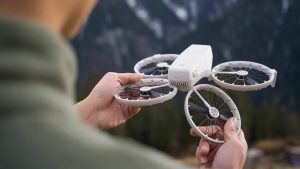

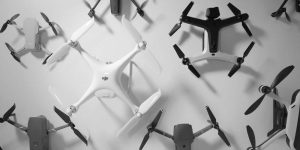


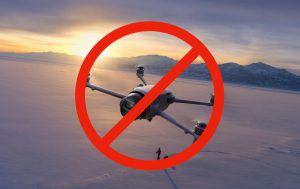
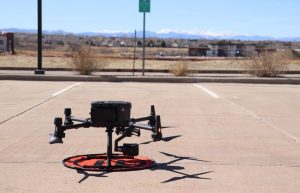
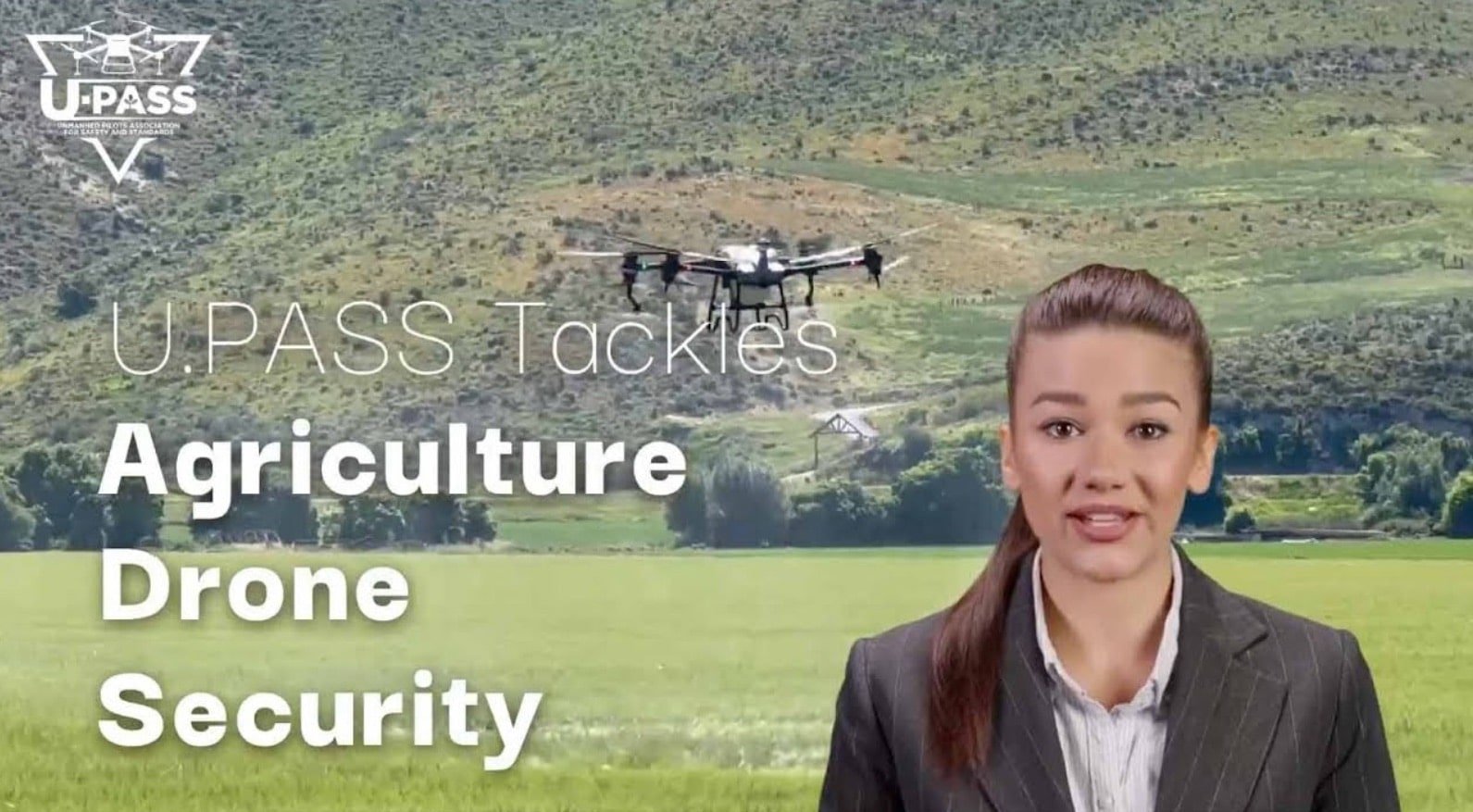


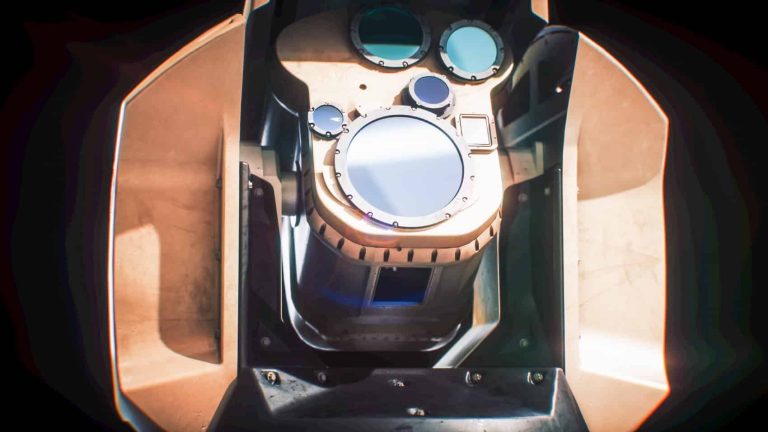
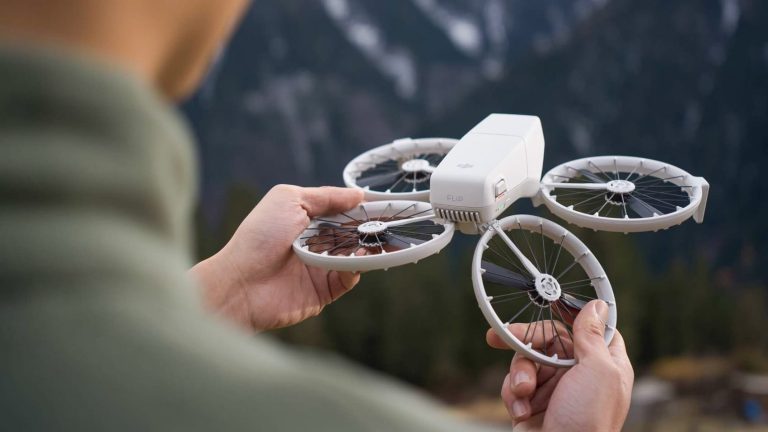



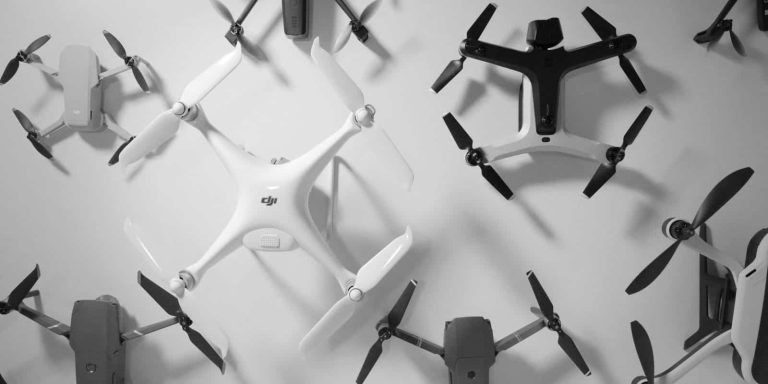


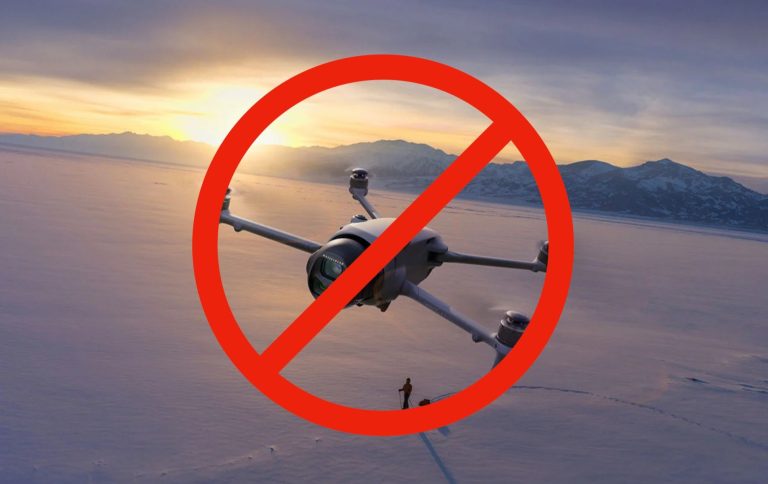
+ There are no comments
Add yours